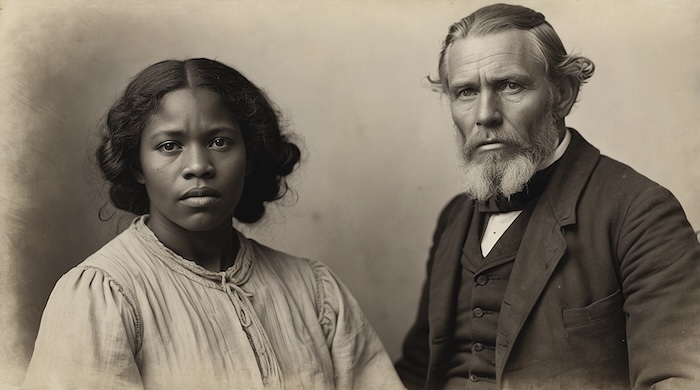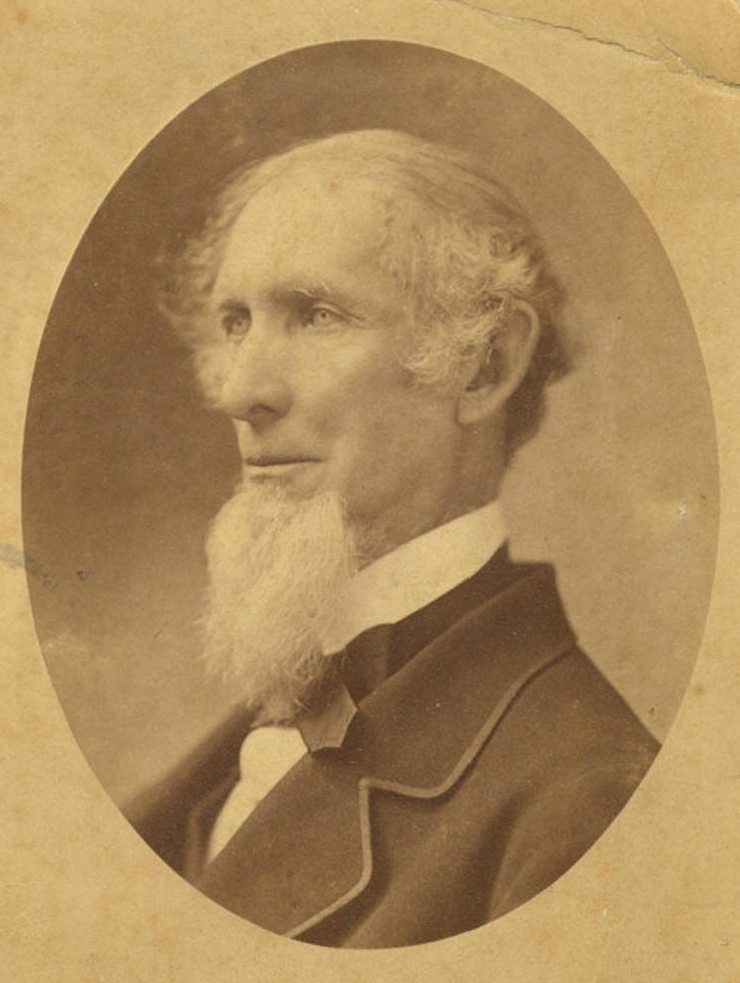
Racial Categories for Black People in the U.S. Census
From the first census in 1790 through 1950, African Americans were classified in different ways. These categories changed over time, often based on how the government and society wanted to define race. Many of the words are offensive today, but they’re important to understand for genealogy research and African American history.
Main Census Categories
From the first census in 1790 through 1950, African Americans were classified in different ways. These categories changed over time, often based on how the government and society wanted to define race. Many of the words are offensive today, but they’re important to understand for genealogy research and African American history.

Used for people considered of full African ancestry.
Appears across census decades, especially from 1850 onward.
Often contrasted with “White” and “Mulatto” in census instructions.
First added in 1850 and used through 1930.
Defined as a person of mixed White and Black ancestry.
Rooted in racist ideas that mixed-race people were “different” and often viewed negatively.
Genealogical note: Sometimes the same person might be listed as Black in one census and Mulatto in another, depending on how the enumerator judged their appearance.
A quadroon was a person with one African grandparent and three European (white) grandparents. In other words, one of their four grandparents was of African descent, while the other three were white.
Example: A child whose mother was “Mulatto” (½ African, ½ White) and whose father was White.
That child would be considered ¼ African ancestry, a “Quadroon.”
An octoroon was a person with one African great-grandparent and seven European (white) great-grandparents. That means one of their eight great-grandparents was Black, and the other seven were white.
Example: A child whose mother was a “Quadroon” (¼ African) and whose father was White.
That child would be considered ⅛ African ancestry, an “Octoroon.”
Widely used in the late 19th and early 20th centuries, though not always an official census category.
Meant anyone of African descent.
This term also appears in other records (city directories, school records, legal papers).
Became the standard category by the 1900s and was used on census forms into the 1970 Census.
“Negro” was considered formal and respectful at the time but is no longer appropriate today.
Some African Americans in the mid-20th century self-identified with this term before “Black” and “African American” became common.
Far far away, behind the word mountains, far from the countries Vokalia and Consonantia, there live the blind texts. Separated they live in Bookmarksgrove right at the coast
Who Added the Word “Mulatto” to the Census and Why?
The word “mulatto” was first added to the U.S. Census in 1850. It wasn’t just a random choice; it came from racist ideas that were common in America at the time.
A Scientist’s Influence
A pro-slavery doctor named Josiah C. Nott helped push for the word to be included. Nott believed in something called polygenism, the false idea that different races came from different human origins. He thought that people of mixed race (African and European) were weaker and might not even be able to have children. Because of these beliefs, he convinced a U.S. Congressman to suggest adding “mulatto” as a race category in the census.

Why They Did It
- To Divide People by Race: The government wanted to separate people into strict racial categories and keep a record of how many people were “White,” “Black,” or “Mulatto.”
- To Support Slavery: Pro-slavery leaders used this information to argue that mixed-race people were “different” and to defend slavery.
- To Pretend It Was “Science”: By collecting numbers on mixed-race people, they claimed they were proving ideas about race, even though those ideas were not true.
- The word “mulatto” was used on the census from 1850 to 1930.
- After that, it was dropped, because by then the “one-drop rule” had become common. This rule said that anyone with even one ancestor of African descent was legally considered Black.
